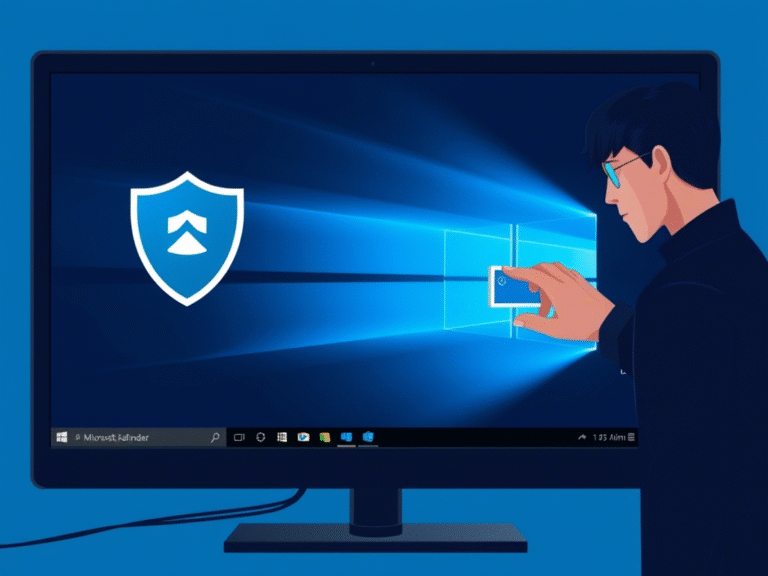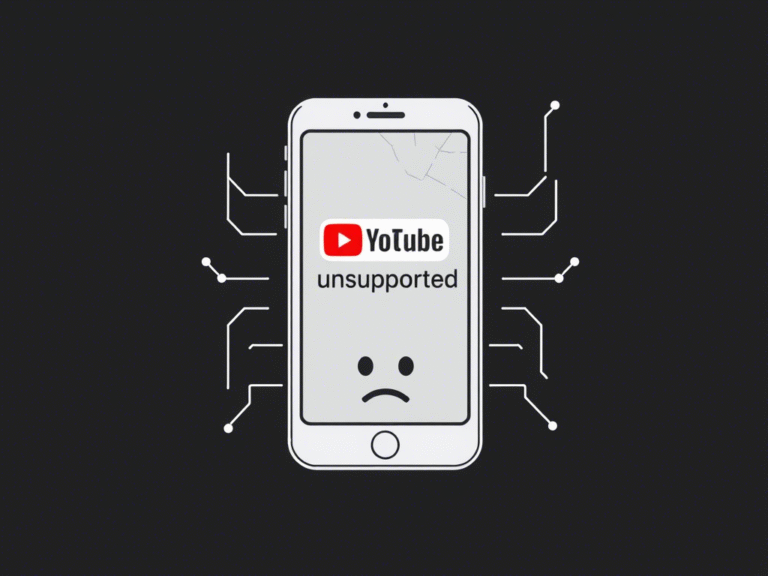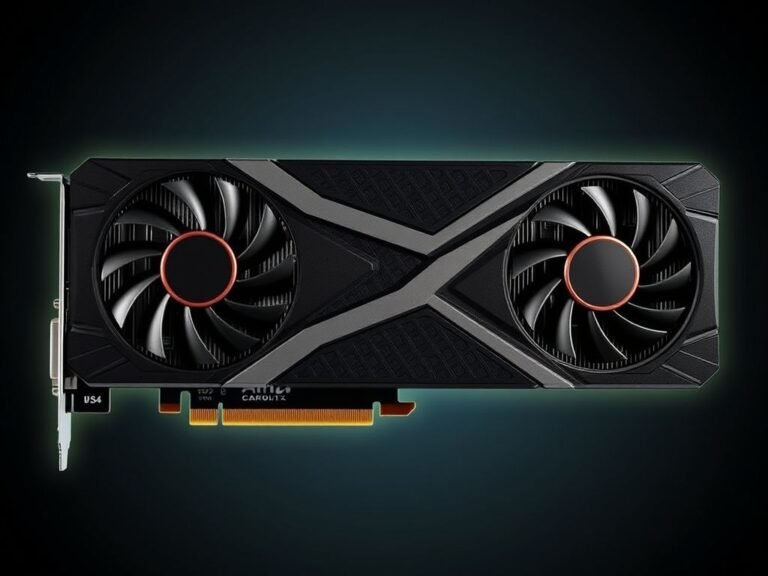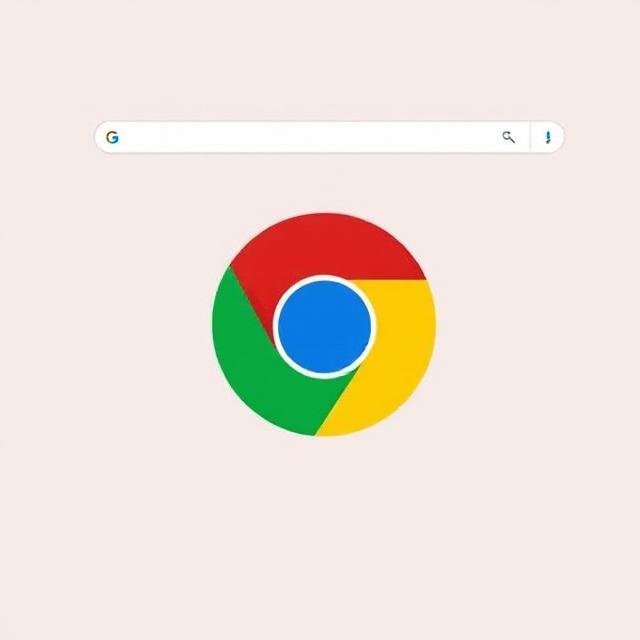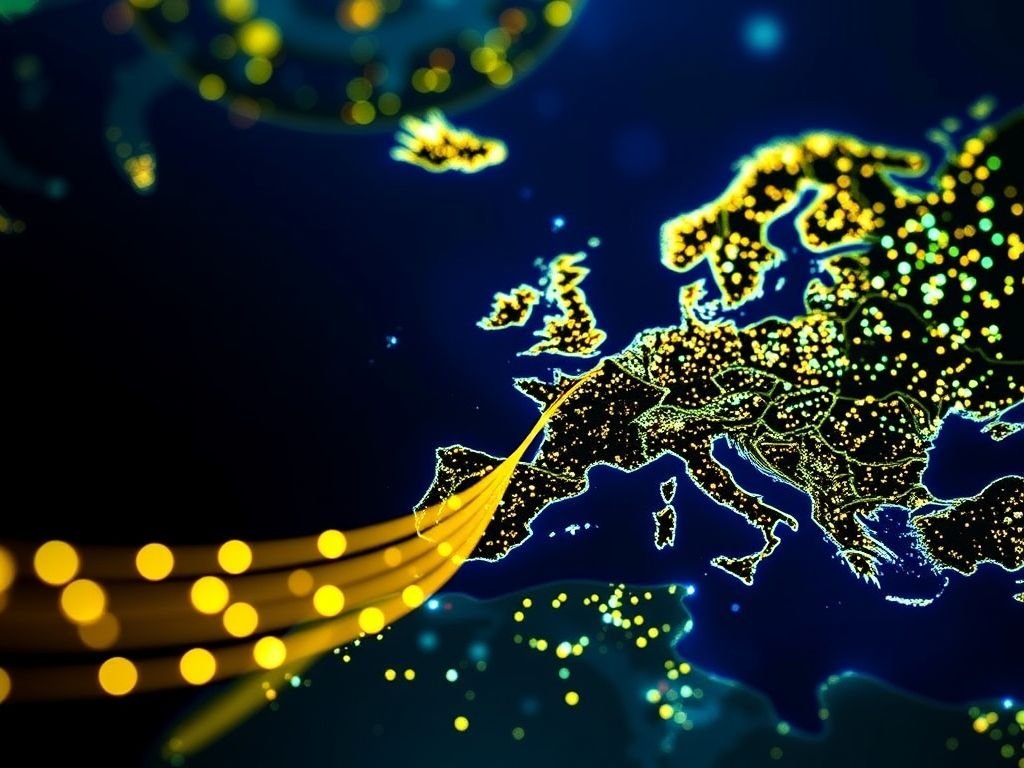
Google Expands Global Infrastructure with New U.S.-Europe High-Capacity Internet Cable
In its ongoing effort to expand global digital infrastructure, Google has announced the deployment of a new transatlantic subsea cable called “Sol” — a name inspired by the Spanish and Portuguese word for “sun.” The name reflects the cable’s landing points in warmer climate regions.
The new fiber-optic system will connect the United States, Bermuda, the Azores, and Spain , offering enhanced connectivity across continents. The U.S. anchor point will be in Palm Coast, Florida , where Google is partnering with DC BLOX to establish the cable landing station and develop a new connectivity hub.
From Palm Coast, Google plans to build a terrestrial link to its cloud region in South Carolina . On the European side, the cable will make landfall in Santander, Spain , connecting directly to Google’s data centers in Madrid .
🌐 How Sol Fits Into Google’s Global Network
Once deployed, the Sol cable will be manufactured in the United States and will support Google’s growing network of 42 Google Cloud regions worldwide. It will run alongside the previously announced Nuvem cable , which connects South Carolina, Bermuda, the Azores, and Portugal, and is expected to become operational by 2026 .
When completed, Sol will be the only active fiber-optic cable linking Florida directly to Europe , according to Google. Its landing station in Palm Coast — being built on a 20-acre site — is scheduled to go live by Q1 2027 .
Google stated that the new cable will help increase network capacity, improve reliability, and reduce latency for users around the world. However, the company has not yet disclosed specific details about the cable’s bandwidth or total capacity.
🧩 Part of a Larger Global Expansion Strategy
Sol will join Google’s existing undersea projects such as:
- Equiano (connecting Europe and Africa)
- Firmina (linking the U.S. to South America)
- Grace Hopper (connecting the U.S. to the UK and Spain)
With this new addition, Google continues to expand its ownership and participation in over 30 submarine cable systems , reinforcing its global cloud infrastructure.
This trend of investing in undersea cables is growing among major tech firms, especially as demand for high-speed connectivity and AI-driven services rises. Companies like Microsoft and Meta are also heavily involved in similar large-scale infrastructure projects. Meta, for example, is currently funding a massive 50,000 km global internet cable that will circle the Earth.
